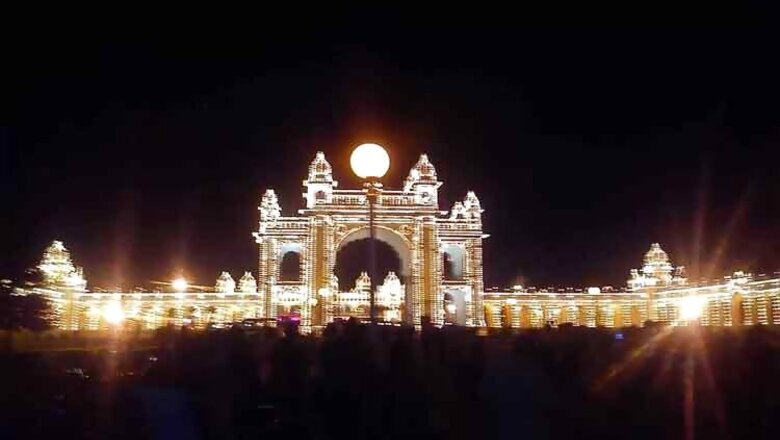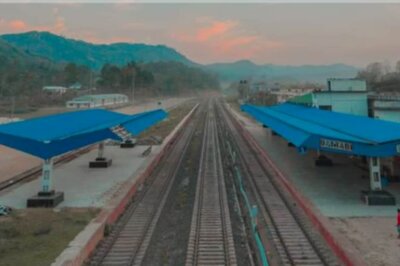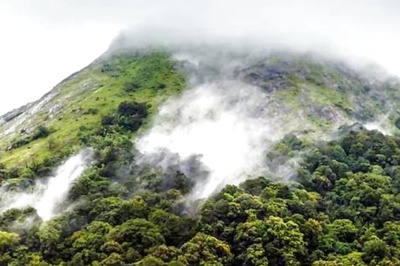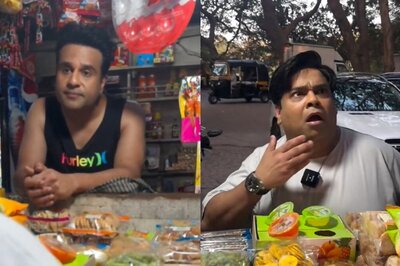
views
In a survey conducted by Swachh Bharat, the erstwhile royal city Mysuru (earlier Mysore) has been declared as the cleanest city among 476 cities surveyed across India. The survey considered reduction in open defecation and solid waste management as amongst main criterion for arriving at the conclusion.
In the same survey it placed Bengaluru as the cleanest metro in the country. It is a matter of signal importance that four out of top 10 cities figured in the list was from Karnataka namely Mysuru, Hasana, Mandya and Bengaluru.
Though the survey might not be very exhaustive and might have missed several key factors such as transportation, connectivity, electricity and water supply which are important parameters still Mysuru is definitely is one of the cleaner cities in India.
Mysuru is not new to such accolades. New York Times in 2011 listed Mysore Palace as the most visited tourist places in the world after Madam Tussauds' in London and chose the city one among the 31- must visit cities in the world.
Mysuru emerged as the yoga capital in India with Paatabhi Jois Mysore- style yoga which is popular across the globe. Swamy Vivekananada stayed in Mysuru and was the guest of King Nalwadi Krishna Raja Wadeyar before he went to Chicago for the World Religions’ Conference.
It is worthwhile to consider why Mysuru among all cities has repeatedly given this honour amongst urban centers.
Mysuru was lucky to be ruled by one of the most enlightened Royalties in India, The Wadeyar Dynasty. Most notable among them was Nalwadi Krishnaraja Wadeyar, a forward looking monarch during his time. Some of the best administrators the state ever had, called the Devans produced Master Plans for the city in an era when this was unheard of.
Engineer-Statesman Sir M Visvesvaraya, peerless administrator Mirza Ismail planned and implemented several projects which laid the foundation to what Mysuru is today. Mysore was the first city in Asia, to harness hydroelectric potential of river Cauvery at Shivanasamudra in 1908. The Krishna Raja Sagara dam erected across river Cauvery in 1932 supplies drinking water to Bengaluru and Mysuru and helps irrigate thousands of hectares in Karnataka and Tamil Nadu. A wonderful garden, Brindavan Gardens, planned with cascading waterfalls and greenery came up next to the dam site.
Mysuru also has a history of efficient water supply planned a hundred years ago. In 1913 Mysuru got drinking water from Cauvery River through two pumping Stations one at Belagola close to the river and the second one at Yadavagiri within the city called Vani Vilas Pumping station. The river water was treated here, filtered and tested before supplying to consumers in the city. This is also a first among development projects that addressed itself to growing needs of the city.
Even 100 years back well laid out and spacious roads were planned with trees on either side of making it an avenue befitting a Royal city.
After the independence and in recent years the city has had problems aplenty. Some of the corporators under the Mysuru City Corporation have not been able to maintain the grand vision for the city like their earlier planners. New projects were ill-conceived and in some cases were not well implemented. The city is still groaning under projects such as Raja Marga, a road supposed to be a grand promenade for the annual Dasara event which is poorly planned, hard to implement and all pervasive corruption seems to have enveloped the plan.
It is here one must appreciate the efforts of Mysore Grahakara Parishad (MGP), a non-profit peoples’ NGO which has stood like a watchdog against some of the grandiose plans that the local municipality comes out with from time to time. While offering its services and expertise through its enlightened members who are experts in civil engineering, planning and execution of works, it has not allowed officials to run away with unwanted projects that would add to common man's tax burden. MGP has been opposing state government’s move to construct a library in city’s lung space in Freedom Park which is still under dispute. MGP has not felt shy of going to the courts against the Municipal Corporation to thwart efforts to bring in unwanted projects.
MGP conducts weekly meetings in which interaction takes place with officers in charge of civic utilities. These help in ensuring common man’s needs are taken care of.
MGP is as much responsible as the original administrators in maintaining the heritage position of Mysuru and not allowing it to become a chaotic urban slum.
Likewise, efforts of The Municipal Commissioner who went on to become the District Commissioner, Manivannan must be appreciated. One of the few enlightened officers who invited citizens of Mysuru to participate in city development, the forward-looking IAS officer divided the city into nine zones and made the development of each zone, in a manner of competitive spirit amongst the officers of each zone. Citizen advisory committees were set up on water supply, solid waste management, road works and lighting, computerization of city land records, streamlining property tax etc.
Citizens, with expertise and voluntarily willing to serve in committees met in groups and came up with plans that would guide the city into the future while maintaining its hoary heritage past. Here was a process never tried out in any city. The solid waste management for which the city was declared number 1 in the country is an off shoot of one such effort.
Sure enough, Mysuru, has still a long way to go. But it has a strong backbone beneath, thanks to efforts of visionaries of past, a Municipal Corporation, efficient but which sometimes goes off the tangent to usher in unplanned growth and a ever watchful watchdog MGP which reins in any effort to drag Mysuru off to urban chaos and gradual destruction.
EF Schumacher said ‘Small is beautiful’ speaking of economies. Mysuru would do well to retain its smallness and its inherent beauty.
Mysuru still combines its modernity with its heritage values and that is its USP. Lot more needs to be done, no doubt. But it has shown it can combine its glorious past with the future in a harmonious blend to make it among top tourist destinations of the world.


















Comments
0 comment